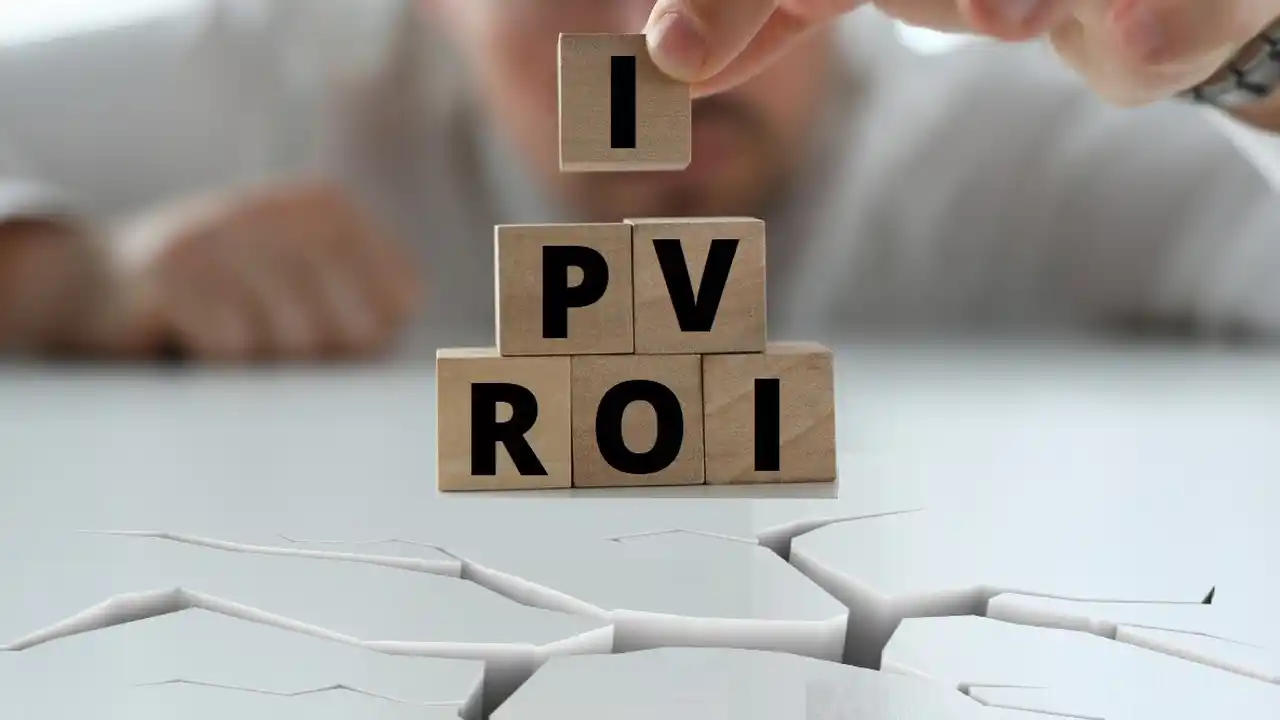Farmers, small companies, and shopkeepers in rural and semi-urban areas who require financial services are included in the micro-sector, which microfinance firms serve. These businesses provide microfinance. They can organize themselves into groups, enterprises, or cooperatives. As the financial business expanded and new financial products were developed, the consumer base diversified. On the one hand, banks and other large financial institutions target large corporations. NBFCs, on the other hand, service the financial needs of the unorganized economy. This article discusses in detail about disadvantages of microfinance.
Credit is typically granted in exchange for an asset that can use as collateral in the event that the debt is not repaid. Microfinance selects borrowers based on their community rather than their belongings and gives small sums with minimal assistance.
Disadvantages of Microfinance
India is a developing country with few readers and writers. Rates are much lower in rural areas. A sizable proportion of Indians are financially illiterate. Most people are unaware of the financial services provided by microfinance. Rural residents are unaware of MFIs, therefore they cannot obtain simple loans to meet their financial needs. The disadvantages of microfinance includes the following:
Not a Moratorium
Microfinance customers are not exempt. Loans obtained this week must repay the following week. Repay whatever money you got this month the following month. When you get paid again, you must repay a salary-based debt. There is no extra time.
Rules and Regulations
In India, the Reserve Bank of India regulates microfinance. The RBI typically works with corporate and established banks rather than MFIs. Everything about microfinance institutions is different from traditional lending institutions. Some rules aided MFIs, but others left many questions unanswered. Despite the fact that regulations are changing quickly and in novel ways, the microfinance industry is failing. Introducing new regulations changes the structure, function, and social norms. As a result, performance suffers and no new financial products or services are introduced. This is why microfinance necessitates its own regulatory body.
Repayment Rules
Microfinance organizations may use a rigorous payback plan that no one would accept during a financial crisis if they do not have defined guidelines. The terms of easy credit are frequently strict. The same is true for microfinance institutions. Because these businesses must adhere to stringent regulations, they may conduct crimes in order to get customers to repay loans.Microfinance institutions have serious constraints on how much people can repay their loans because there are no loan laws and no collateral. Debt that is not safeguarded cannot repay immediately. As a result, microfinance institutions employ a variety of tactics to collect loan repayments. Loss of household items, possessions, and work equipment, as well as public humiliation, are examples of punishments.
Choosing Models
Most Indian MFIs lend money using the SHG and JLG models. People seldom choose models scientifically. Regardless of the scenario, most MFIs choose models at random. The model alternative also raises the risk of the weaker group borrowing beyond their means, which is irreversible. The model chosen has an impact on the company’s long-term viability.
Short-Term Loan
Microfinance loans for a short period of time are common. This makes debt repayment more difficult. A $100 loan with a three-month term and 10% interest, for example, will cost $10 per month for three months, totaling $110 that must repay at $36.67 per month. A one-year loan with a 10% interest rate costs $10. The $110 loan will repay at a monthly rate of $9.17.
Cash Flow Issues
Not all businesses generate the same amount of monthly revenue. The majority of people are busier than others. Creditors, on the other hand, desire equal monthly payments for loan financing. This could be a big issue that causes you to skip or stop making payments, causing your credit to suffer. Don’t take out a loan if you can’t return it.
Small Loan Amount
Microfinance institutions lend less than banks. Large loans are nearly impossible to obtain because these institutions do not need security.
High Interest
Furthermore, Microfinance Companies were unable to provide low-interest loans. Because they do not adhere to existing structures, money can accumulate. They must also borrow money from these firms in order to do their jobs and set aside funds for risk management. Despite the fact that they perform several transactions each day, their operating costs per transaction are high.
Banking Reliance
The vast majority of microfinance institutions are non-profit organizations. This indicates that they require consistent funding from commercial banks in order to lend. Most commercial banks have higher interest rates because they are private organizations. They provide loans for a shorter period of time. Too much reliance on banks makes Indian MFIs poor loan partners.
Heavy Debt
Due to enormous debt, the Indian microfinance industry, which assists poor people in improving their lives, is in danger of collapsing. Clients taking out several loans and poor risk management are putting a pressure on the Indian microfinance business. Problematic debts are more common since microfinance organizations lend without collateral. Infrastructural planning for rapid development is lacking in the Indian microfinance industry.
FAQ
How can you Figure out how Microfinance has Helped?
Microfinance is compared to other development aids based on pricing rather than products or services in social cost-benefit analyses. They compare how much institutions charge to gain a competitive advantage.
Does Microfinance Help Get People out of Poverty?
Microfinance makes loan applications easier for the poor. This promotes access, gives financial security, and balances spending. It also provides more options for women to work and study.
What Causes Microfinance Loans to be Late?
According to additional research, high delinquency is caused by selecting the incorrect entrepreneurs, not researching the project, not having adequate collateral, having too flexible repayment terms and schedules, no follow-up, natural calamities, and payment type and time.
Conclusion
This means that microfinance must well-manage in order to meet the financial needs of the marginalized. Microfinance institutions should also be properly regulated and monitored. To conclude, the topic of disadvantages of microfinance is of paramount importance for a better future. Gain a more global perspective on advantages of microfinance topic by reading this report.






